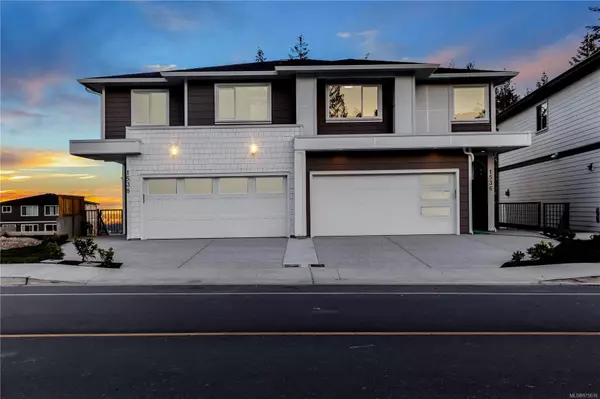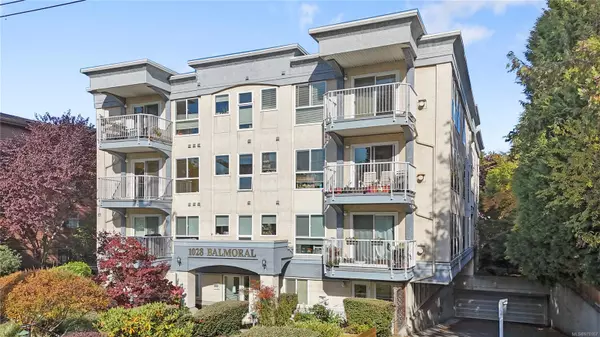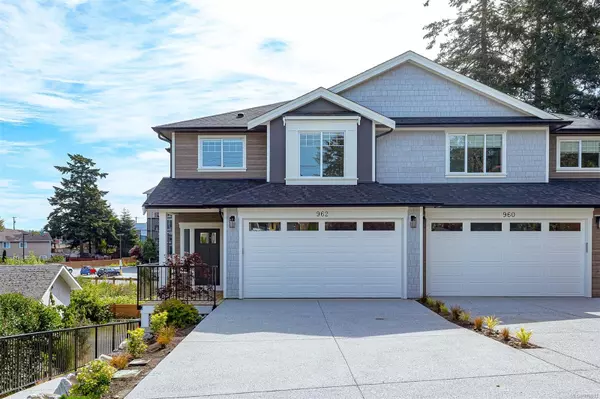How Much is a Down Payment on a House?

When you’re in the market for a new home, one of the most important questions you’ll need to answer is how much you can afford to put down as a down payment. In Canada, the amount of a down payment can vary greatly depending on the type of home you’re buying, the size of the mortgage you take out, and other factors. Knowing how much is required for the down payment on a house can help determine if you’re financially prepared for the purchase.
How Much You Need for a Down Payment on a Home?
How much is a down payment on a house?
The purchasing process usually starts years before the actual purchase because that’s how long it can take to save up for a down payment, depending on where you’re planning to buy a home, your income and expenses, and of course, the home price. In Canada, when the purchase price is $500,000 or less, the minimum down payment is five per cent. The minimum down payment for homes priced $500,000-$999,999 is five per cent for the first $500,000 and 10 per cent for the remaining portion. Homes over $1 million require a 20-per-cent deposit.
- According to the latest data from the Canadian Real Estate Association, the average home price in Canada in January 2023 was $612,204.
- At this price, the minimum down payment would be $36,220.40 (five per cent of $500,000, plus 10 per cent of $112,204)
- A 20-per-cent down payment – the minimum amount needed to avoid paying mortgage loan insurance – is $122,440.80.
Think about that. How long would it take you to squirrel away $100K? Remember that this is the national average, but a down payment on a house in Ontario can vary dramatically from one in BC or PEI. Working with an experienced real estate agent can help you navigate your local market. In the meantime, here are some things to think about as you plan for your home purchase.
What is a Down Payment?
A down payment is a lump sum that a homebuyer pays up front when purchasing their house. It represents a portion of the home’s total purchase price. The homebuyer will often take out a mortgage from a bank or another financial institution to finance the remainder of the house purchase price. The higher the down payment, the less the buyer will need to borrow to finance the rest of the house, resulting in lower monthly payments and less interest paid.
Is a Down Payment the Same as a Deposit?
Some people need clarification on the deposit and the down payment. Think of the deposit as a down payment on your down payment. The amount is typically around $10,000 but can vary depending on how serious you are about buying the home and the price. The deposit is a certified cheque or bank draft with the Offer to Purchase. This deposit will be deducted from your required down payment amount.
Before diving in, there is a lot to know about buying a home. Lean on your team of real estate professionals to ensure you’re aware of all the requirements and the options available. Your financial advisor, lawyer and real estate agent know the ins and outs of the purchasing process, so you don’t have to navigate this road alone.
How is a Down Payment Calculated?
When buying a home, the down payment is calculated as a percentage of the total purchase price. The higher the price, the higher the down payment. You can plug some numbers into a house down payment calculator found online to get an idea of how much you’ll need to save up.
Minimum Down Payment Requirements
In Canada, for homes priced below $500,000, the minimum down payment required is five percent. For homes between $500,000 and $999,999, the down payment is five percent of $500,000 plus 10 percent of the remaining amount.
Remember that these are the bare minimums required to qualify for a mortgage. However, anything below 20 per cent is a high-ratio mortgage and requires mortgage default insurance. This protects the lender in case the borrower defaults on payments. Your mortgage loan insurance can be paid upfront or added to your monthly mortgage payments.
What is Mortgage Loan Insurance?
Mortgage loan insurance, or mortgage default insurance, protects the mortgage lender in case you cannot make monthly mortgage payments. While mortgage loan insurance is required if you have less than a 20 percent down payment, a lender may still require it if you have 20 percent if you are self-employed or have a poor credit history.
Mortgage loan insurance premiums range from 0.6 percent to 4.5 percent of the mortgage amount, depending on the size of your down payment. It can be paid in a lump sum upfront or by adding it to your mortgage, in which case you will pay interest on the premium. Your mortgage lender will coordinate getting mortgage loan insurance on your behalf if you need it.
Is It Better to Put a Large Down Payment on a House?
A larger down payment now leaves more money in your pocket. We’ve already established that buyers with 20 percent or more to put down on their homes won’t have to purchase mortgage default insurance. From a long-term perspective, when your down payment is larger, your mortgage loan will be lower, and at the end of a typical 25-year mortgage amortization, you’ll be paying less interest.
However, more Canadians are in a position where they cannot afford to put a sizeable down payment on a house. Making the minimum down payment may be the only way for them to buy a house and get into the real estate market. This is not bad since a smaller down payment can free up funds for other expenses associated with purchasing the home. Ultimately, a larger down payment may be preferable, but don’t let that stop you from buying the house you want if you have the minimum funds.
How to Save for a Down Payment
For homebuyers in many of Canada’s pricier housing markets, saving that down payment can be the biggest obstacle to home ownership. An average income in cities like Toronto and Vancouver may be higher, but so is the cost of living, leaving less to tuck into a savings account. If you plan to purchase a home, start saving as soon as possible. Time is on your side.
- Determine your savings goal. Sticking to your plan is always easier when you have a specific target.
- Set up an automatic withdrawal on every payday. You’ll build your down payment fund without noticing this slight reduction in your take-home pay.
- Curb all optional spending. This means home-cooked meals, brewing your morning coffee, stay-cations, and borrowing instead of buying. It might be a substantial lifestyle change, but it will save you money and bring you closer to your goal of home ownership.
The Government of Canada offers some programs and incentives to soften the financial blow for first-time homebuyers.
The Home Buyers Plan lets first-timers borrow up to $35,000 from their Registered Retirement Savings Plan for their home purchase. If there are multiple first-timers purchasing the property, they can each borrow this amount. Ensure you’re aware of the repayment requirements.
Also worth noting and new as of September 2019, first-time homebuyers now have the First Time Home Buyer Incentive to help reduce their monthly mortgage payments without increasing their down payment amount. The FTHBI is an interest-free, shared-equity mortgage that must be repaid when the home is sold or after 25 years – whichever comes first—the government shares in any gains or decreases in property value.
Categories
Recent Posts










"My job is to find and attract mastery-based agents to the office, protect the culture, and make sure everyone is happy! "
